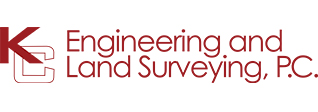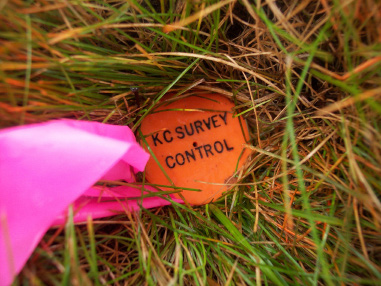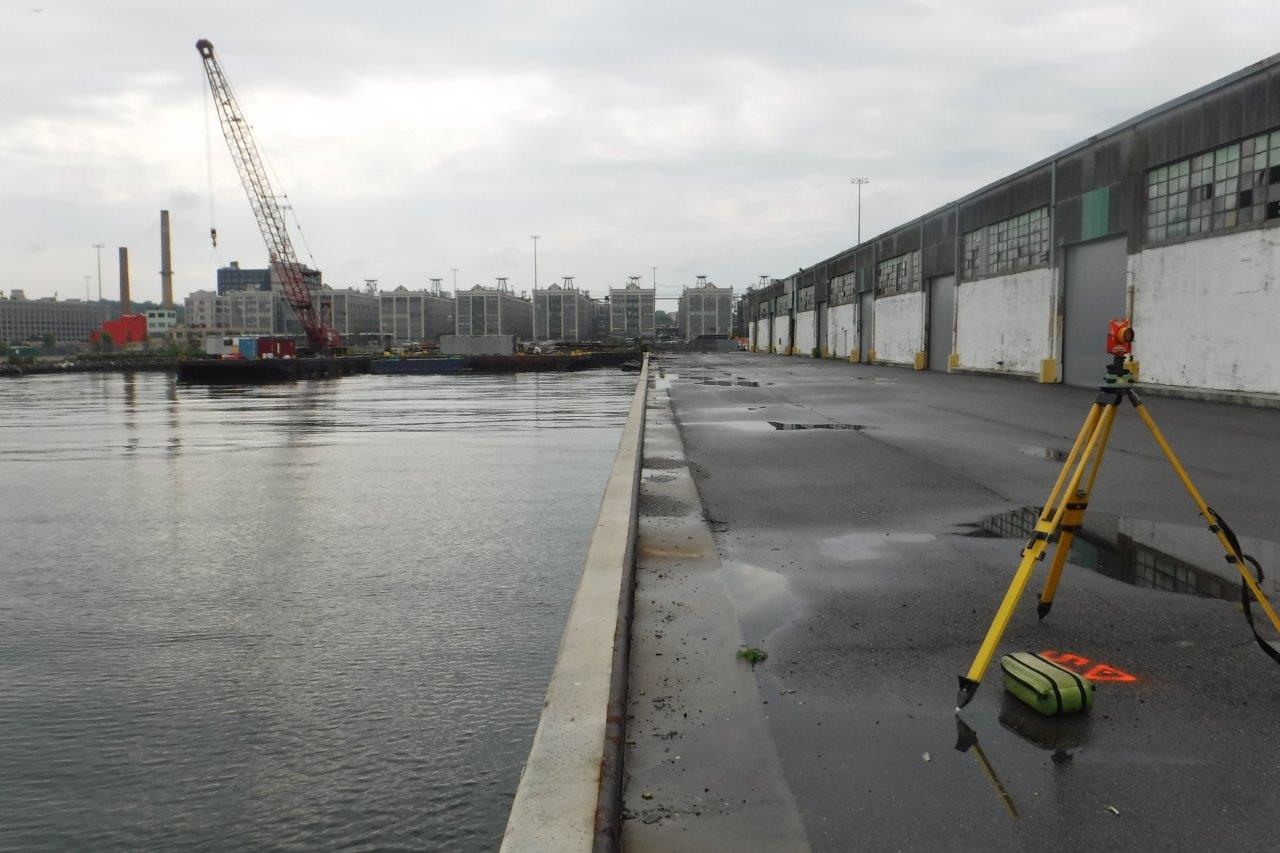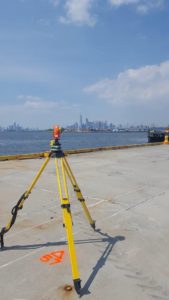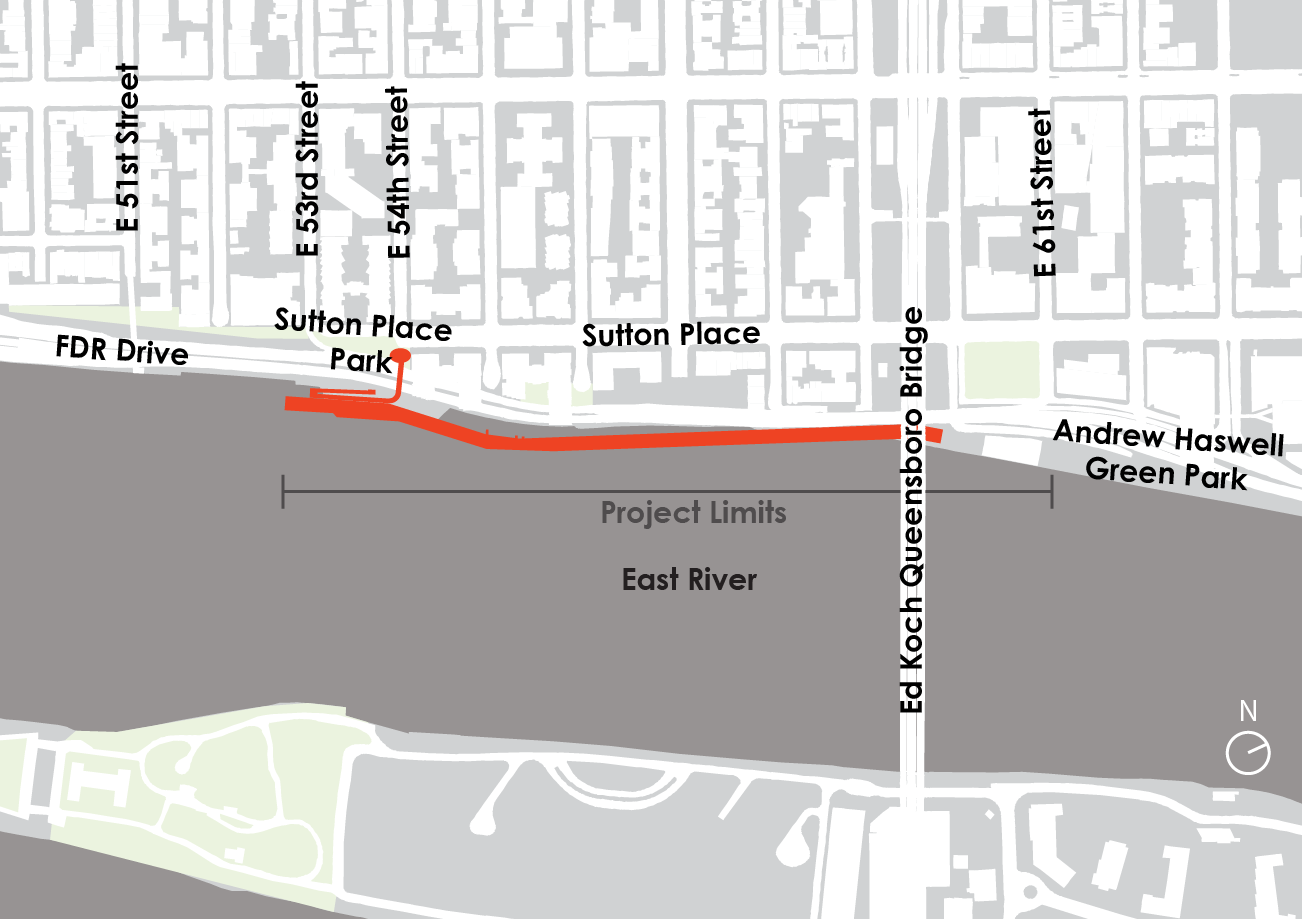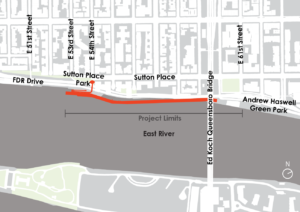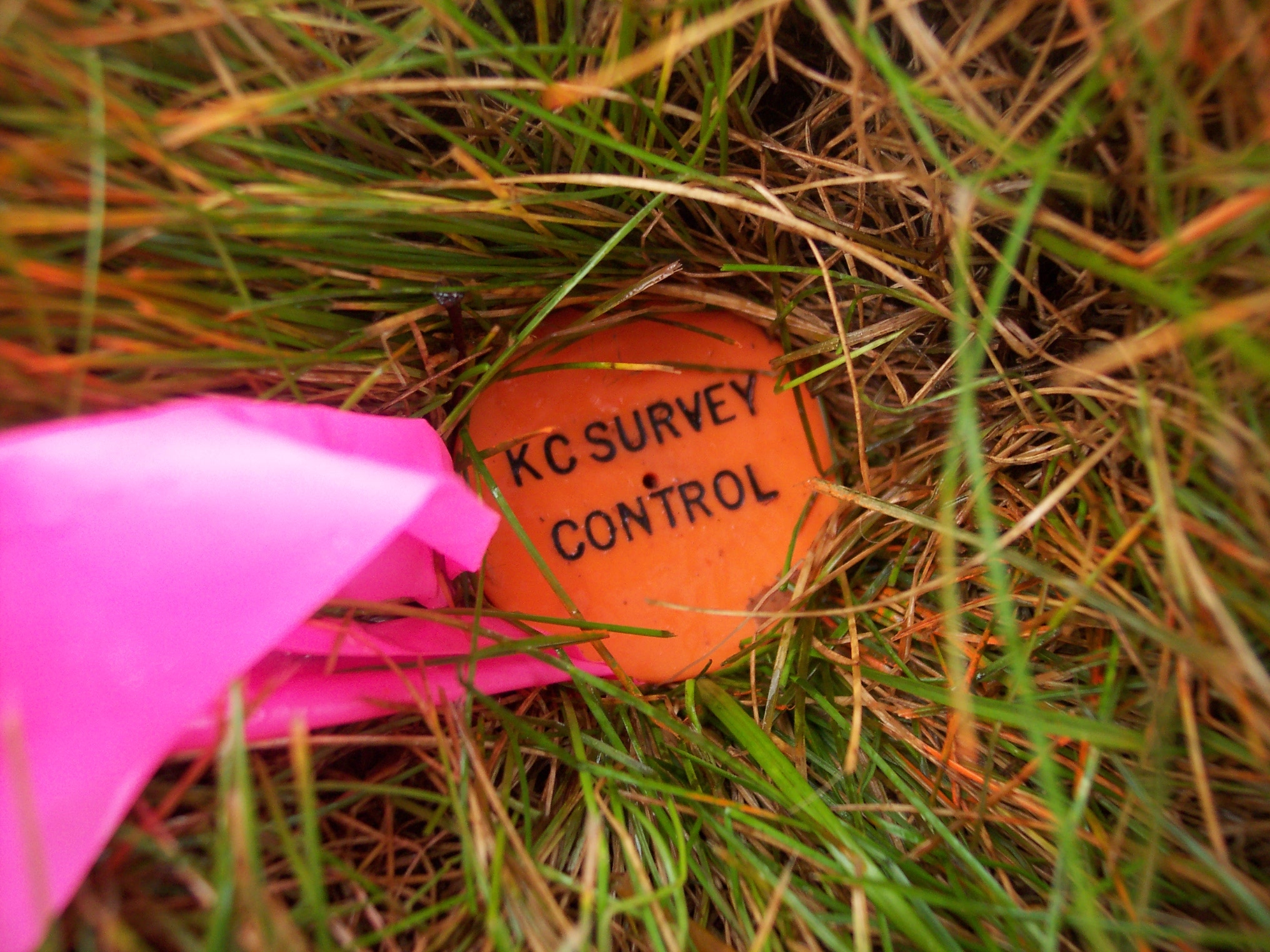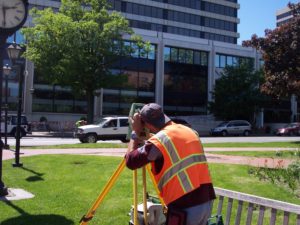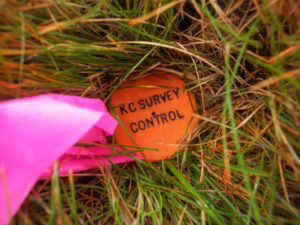
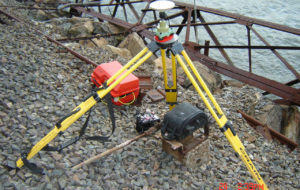
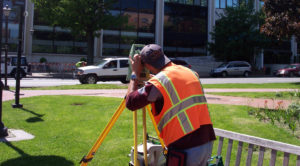
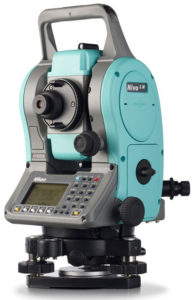
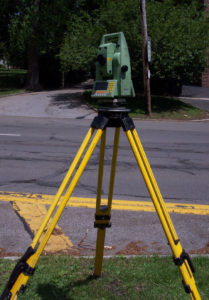
Land surveying is one of the oldest professions in the world, dating back to ancient times. Surveying illuminates the features of a property, outlines property boundaries, locates underground utility lines, and so much more. So what type of equipment do surveyors usually take out into the field? We decided to ask our survey crew and here is what they had to say:
“We’ll start with our basic personal equipment. Unfortunately, as surveyors, we are constantly in the field so our survey attire isn’t always office-appropriate. Whether it’s a ragged shirt with torn jeans, or a t-shirt with holes, our field attire is not really ideal to wear in a professional office environment. The same could be said for wearing nice clothing while performing fieldwork. No one wants to survey in khakis and a button-down shirt. That’s why we always keep a spare change of work clothes, just in case we need to perform fieldwork in an emergency. This means we can dress respectably in the office and still have the option to change into field clothes.
As far as personal gear, safety is always a priority. We keep our orange vests in our packs as well as our hard hats and boots. Using proper footwear while surveying in the field is essential. There’s a lot of standing and walking, so a good pair of boots goes a long way. Additionally, we may have our own tool belts as well as safety glasses. Again, safety is always a top priority so you’ll always find these either in our backpacks or survey truck.
Shorts are not a recommended item of clothing because half the time we’re walking through tall brush and need to be cognizant of ticks. You’ll also find bug spray, sunblock, and sanitary hand wipes. Some other items you may find are a magnetic compass, a small mini-reflector prism, and a 25-foot steel tape.
As far as the typical surveying equipment, these are our surveying instruments:
- The Nikon Nivo 2C; and
- The Leica TCRA 1103 Plus robotic instrument.
These instruments are used by field crews on a daily basis for collecting data. However, the instruments are always brought inside at day’s end and are never left in the survey truck. Tripods, prism poles, and various other tools can be found in the bed of the survey truck."
All of these items are used in different ways but are essential to performing the duties of a land surveyor.
